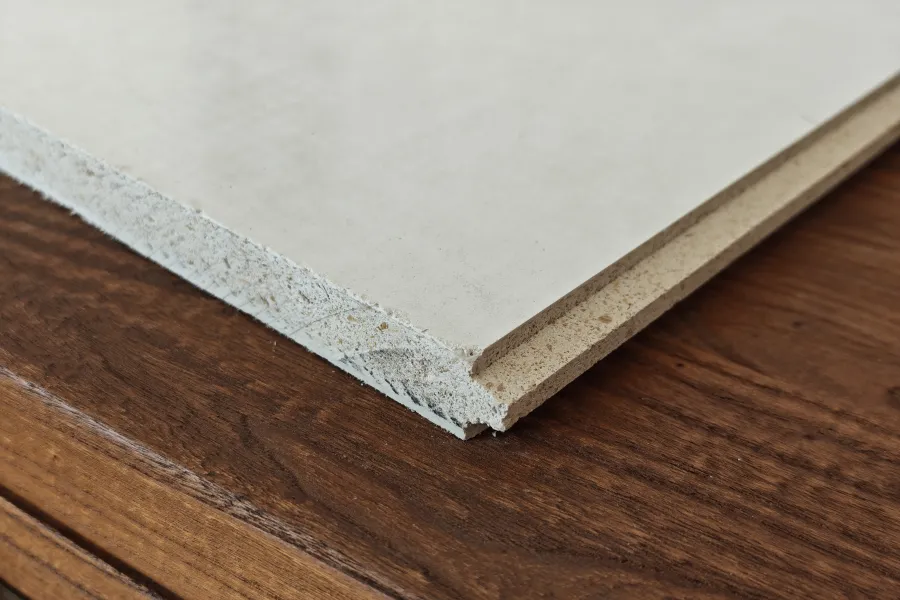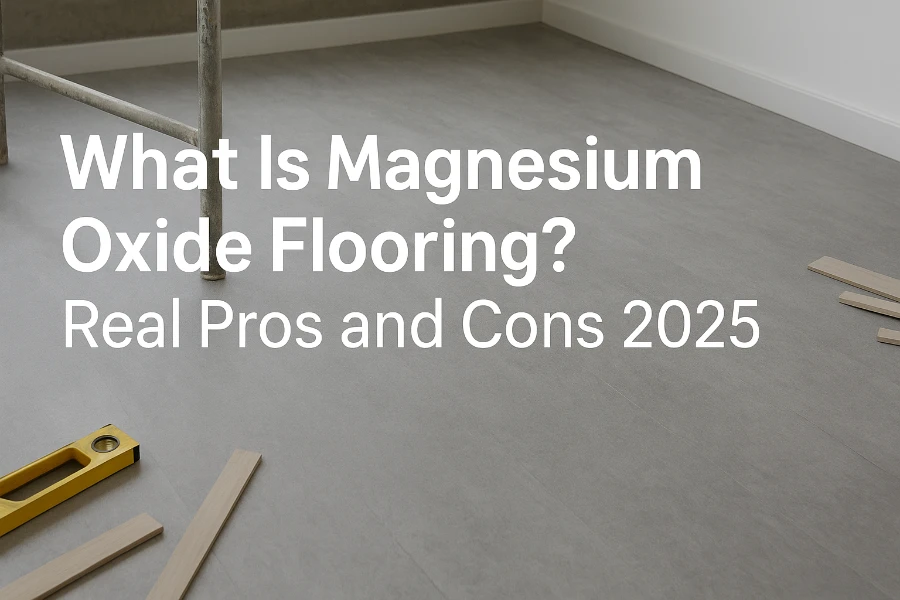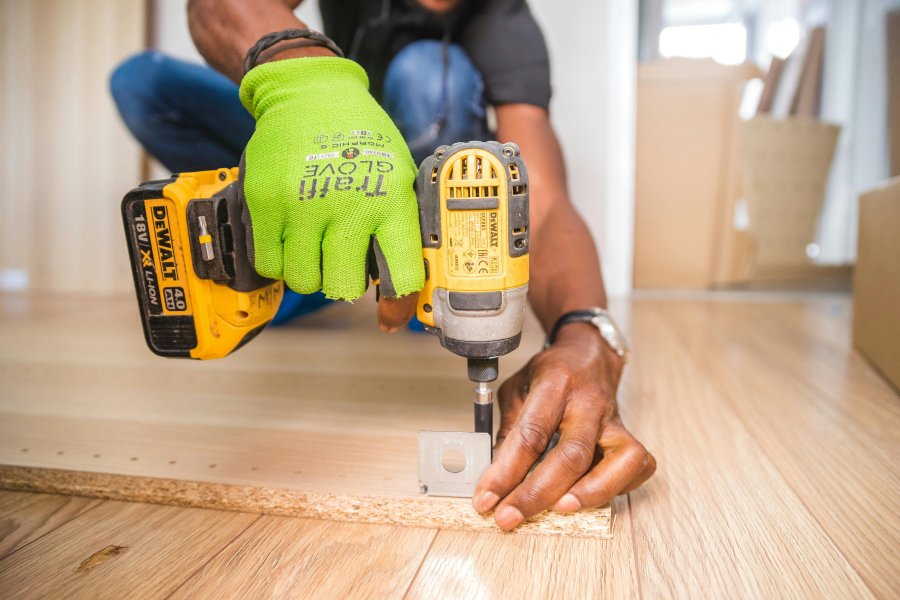Table of Contents
Ask Us Any Question
What Is MgO Flooring and How Is It Different?
Magnesium oxide (MgO) flooring is a type of engineered subfloor panel made from magnesium-based cement, reinforced with multiple layers of fiberglass mesh for extra strength. While MgO boards are commonly used for walls and ceilings, MgO flooring is a specialized version designed specifically to meet the structural and safety demands of floor systems.
Compared to standard MgO wall boards, MgO flooring has:
-
Higher density for better load-bearing capacity
-
Thicker profiles, usually 18mm or more, while wall panels are often 9–12mm
-
Multiple layers of fiberglass mesh to enhance tensile strength and durability under foot traffic
-
Improved impact resistance and dimensional stability
These properties make MgO flooring an excellent substitute for plywood, OSB, cement board, or other traditional subfloor materials—especially in buildings that require enhanced fire resistance.
1. Exceptional Fire Resistance That Saves Lives
The most important reason to choose MgO flooring is its inherent fire-resistant properties. MgO panels are non-combustible and have been tested to withstand direct flame and high temperatures without producing toxic smoke.
When used as a flooring substrate in multi-story buildings, commercial spaces, or modular units, MgO flooring can significantly slow down fire spread, allowing more time for evacuation and emergency response. This makes it a highly recommended choice for:
-
Schools and hospitals
-
Hotels and high-rise apartments
-
Prefabricated and modular structures
-
Renovations that must meet fire code upgrades
2. Stronger and More Durable Than Plywood or Cement Board
Thanks to its high-density formulation and fiberglass reinforcement, MgO flooring offers superior mechanical strength compared to plywood and even traditional cement boards. It resists:
-
Cracking under stress
-
Deformation due to moisture or weight
-
Delamination over time
This makes it especially suitable for heavy traffic areas, such as corridors, factory floors, or platforms where durability is critical.
3. Moisture-Resistant and Mold-Proof
Unlike plywood or gypsum board, MgO flooring is moisture-resistant, meaning it won’t swell, warp, or rot when exposed to humidity. It’s also mold- and mildew-proof, which helps maintain indoor air quality and extends building lifespan.
While it should NOT be in direct contact with water over prolonged periods, when properly installed and sealed, MgO flooring performs excellently in environments such as:
-
Bathrooms
-
Kitchens
-
Basements
-
Utility rooms
4. Excellent Compatibility with Finishes and Flooring Systems
MgO flooring is highly versatile and compatible with a wide range of surface finishes. It can be:
-
Screwed or nailed using standard tools
-
Cut and drilled easily without crumbling
-
Painted or coated
-
Tiled with ceramic or stone
-
Laminated or overlaid with vinyl or hardwood
-
Bonded with underfloor heating systems
This makes installation straightforward, with no need for specialized tools or extra training—an ideal choice for contractors looking to reduce labor time and costs.

5. Eco-Friendly and Safe
MgO flooring contains NO asbestos, formaldehyde, or other VOCs, making it safe for indoor air quality. Its production also has a lower carbon footprint compared to Portland cement-based products, especially when made using recycled materials like fly ash or waste magnesium.
For green building certifications such as LEED or BREEAM, MgO flooring can contribute to multiple credits under indoor environmental quality, materials, and life-cycle impact.
6. Long-Term Cost Efficiency
While the upfront cost of MgO flooring may be higher than plywood or cement board, its durability, fire safety, and low maintenance contribute to a lower total cost of ownership over time. You’ll save on:
-
Replacement costs due to fire or water damage
-
Labor costs for installation or repair
-
Finishing costs thanks to its smooth, paint-ready surface
In large-scale projects, these savings can be substantial over the building’s lifecycle.
7. Dimensional Stability
MgO flooring exhibits excellent dimensional stability, meaning it does not expand, shrink, or warp under changes in temperature and humidity. Unlike traditional wood or composite flooring, it resists curling, edge warping, and surface cracking—even after years of use. This long-term physical stability reduces the risk of maintenance and ensures a smooth, level surface throughout the life of the flooring.
Final Thoughts: Is MgO Flooring Right for Your Project?
MgO flooring is not just an alternative—it’s an upgrade. With superior fire resistance, mechanical strength, moisture performance, and compatibility, it offers peace of mind for architects, builders, and property owners alike.
Explore Our MgO Products
If you’re looking for trusted, performance-tested MgO flooring solutions, we invite you to browse our product page:
👉 Magnesium Oxide Board Products
We offer a range of panels suitable for wall, ceiling, and flooring applications—backed by certifications, data sheets, and years of export experience. Contact our expert team today for price, samples, and tailored solutions.
Discover the real pros and cons of magnesium oxide flooring. Learn about its fire resistance, durability, and whether it’s the right choice for your project.
Installing magnesium oxide (MgO) boards on a joist structure is a reliable method to



